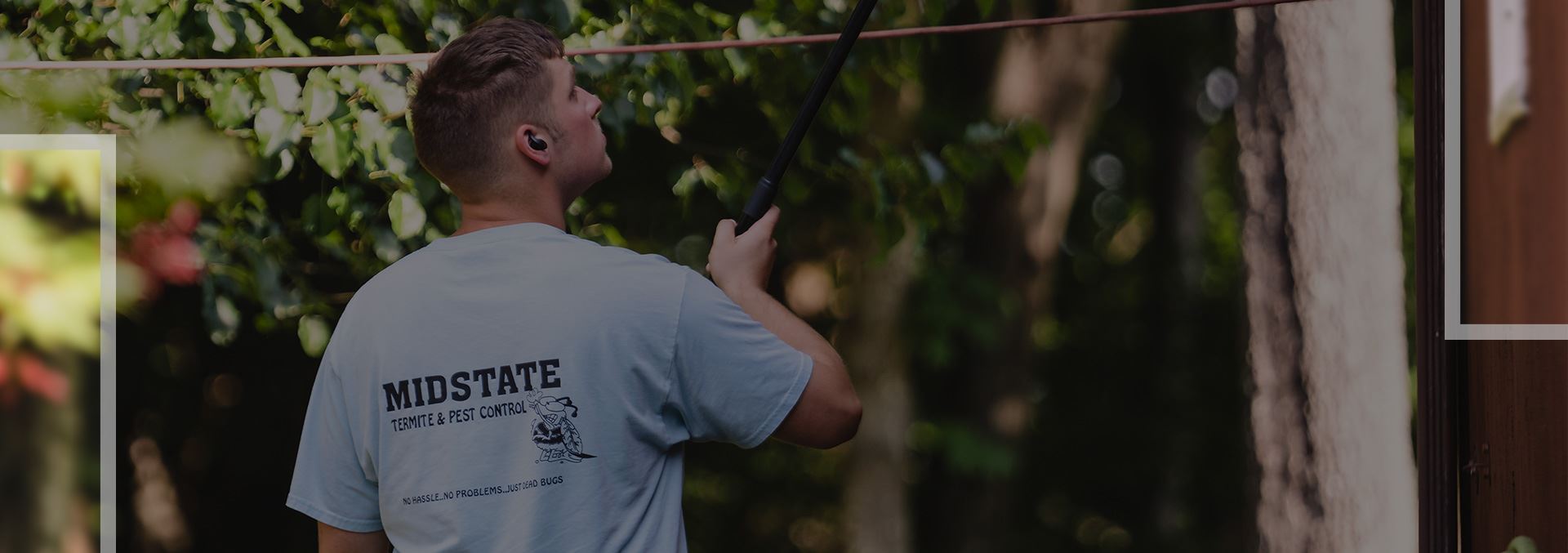Spotted lanternflies are relatively new pests on Crossville properties. They don't damage homes or spread illnesses but threaten the health of your plants and trees. This impact can reduce your property value and potentially increase your energy bills.
You can't keep these pests from entering your yard, but you can protect your plants by preventing them from spreading. Keep reading to learn about these insects and how professional spotted lanternfly control in Crossville, TN, can protect your property.
Invasive Species: How To Identify Spotted Lanternflies
Spotted lanternfly life cycles include three stages. They begin as eggs before growing into nymphs and eventually adults. There's little change in the creatures during the egg and adult stages, but the development process includes two instar nymph stages. It takes approximately one year from hatching to adulthood, and the insects display distinctive features during each stage.
Identifying these insects during each stage will help you determine the extent of your infestation and the dangers they present. The appearances of spotted lanternflies during each stage include:
Egg masses are about an inch long, grayish brown, and smooth.
Early instar nymphs are 1/4 of an inch long and black with white spots.
Late instar nymphs are 3/4 of an inch long and red with white spots.
Adults are an inch long and have pinkish-tan wings with black spots.
As you might expect, it's easiest to eradicate spotted lanternfly infestations when they're eggs. However, you can also stop nymphs from climbing trees and address adults to keep them from reproducing. Correctly identifying the stage of the life cycle enables you to remove lanternflies on your property.
The Impact Of Lanternflies: The Potential Damage To Your Property
Since spotted lanternflies don't damage buildings or make people sick, residents might not consider them a threat. However, spotted lanternfly damage occurs to plants and trees when these pests suck sap from their stems and branches. Both nymphs and adults can cause these problems, potentially reducing photosynthesis and hindering your plants' ability to grow.
Additionally, these insects create wounds in plants that cause them to leak sap. They leave behind honeydew, which promotes mold growth, creates fungal disease, and attracts more potentially harmful insects to the plants. Even if the plants survive, the stress makes it difficult for them to grow.
Lanternfly Prevention Basics: Effective Techniques
Unfortunately, you can't keep these insects from infesting your Crossville property. However, you can prevent spotted lanternfly egg masses before they hatch and keep nymphs from climbing your trees. While these tips won't prevent the pests from invading your yard, they'll keep them from replicating and causing damage. Tips to protect your Crossville property from spotted lanternflies include:
Scrape egg masses off trees and into plastic bags with sanitizer or rubbing alcohol.
Use sticky band traps to catch the insects climbing up trees.
Trap nymph lanternflies climbing trees with circle traps.
Controlling spotted lanternflies is a continuous process that requires specific tools. While you can handle these prevention tips yourself, calling professionals is a more effective solution.
Experienced Assistance: Call The Experts For Total Lanternfly Control
Female spotted lanternflies lay up to two egg masses that include at least 30 eggs each. As a result, these creatures can quickly multiply, worsening your infestation. Since they remain outdoors, they're hard to find and get rid of. For this reason, professional spotted lanternfly pest control is the best option.
Midstate Termite & Pest Control will inspect your property to find these pests and develop the most suitable treatment for their removal. We use the best tools and products to trap these creatures, manage them in the early stages of their life cycles, and stop them from reproducing. Call us if you're concerned about spotted lanternflies on your Crossville property.

